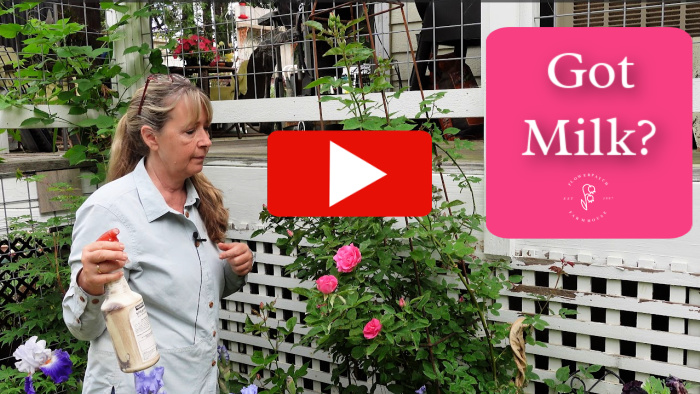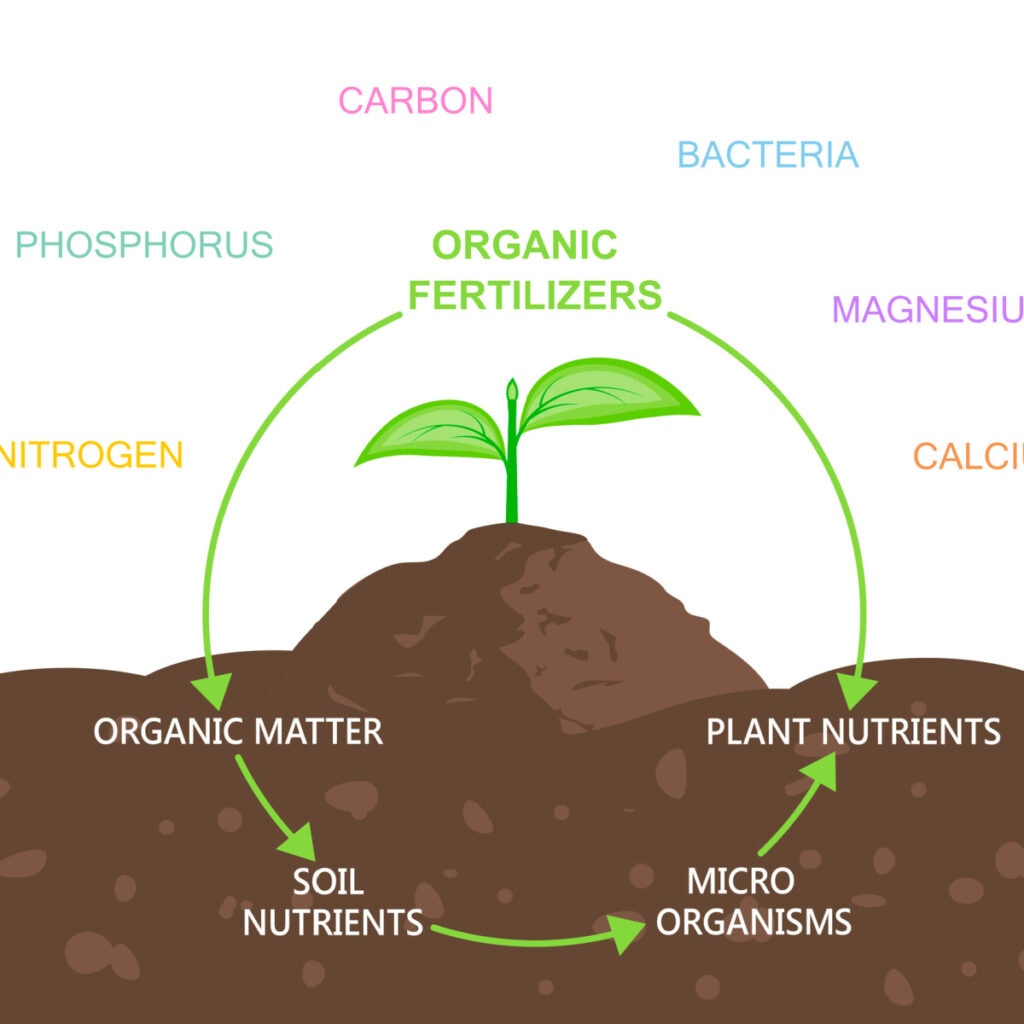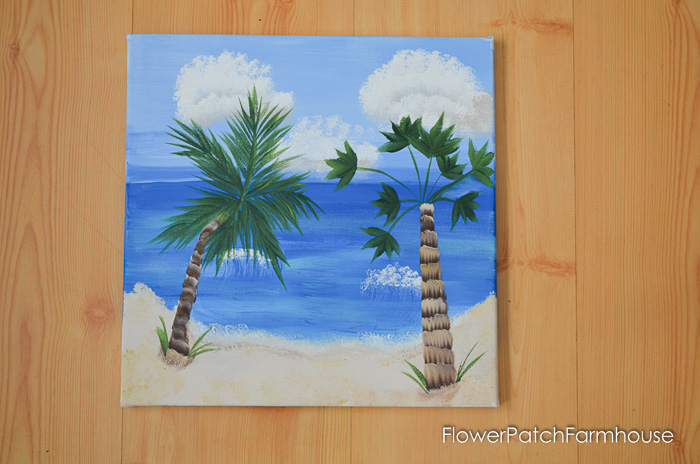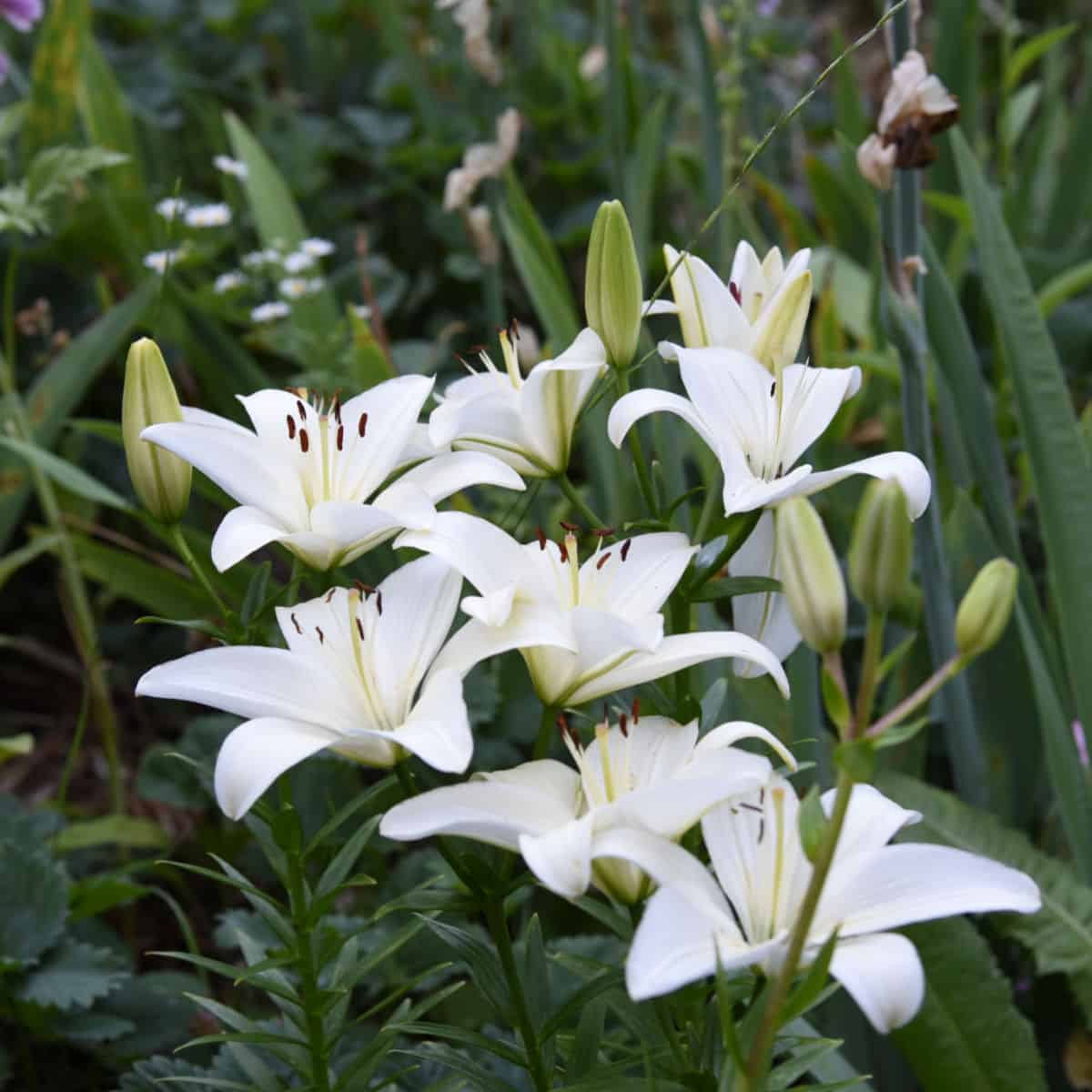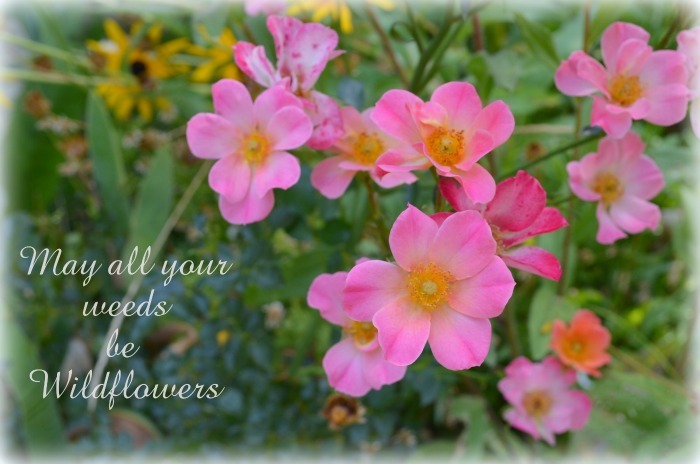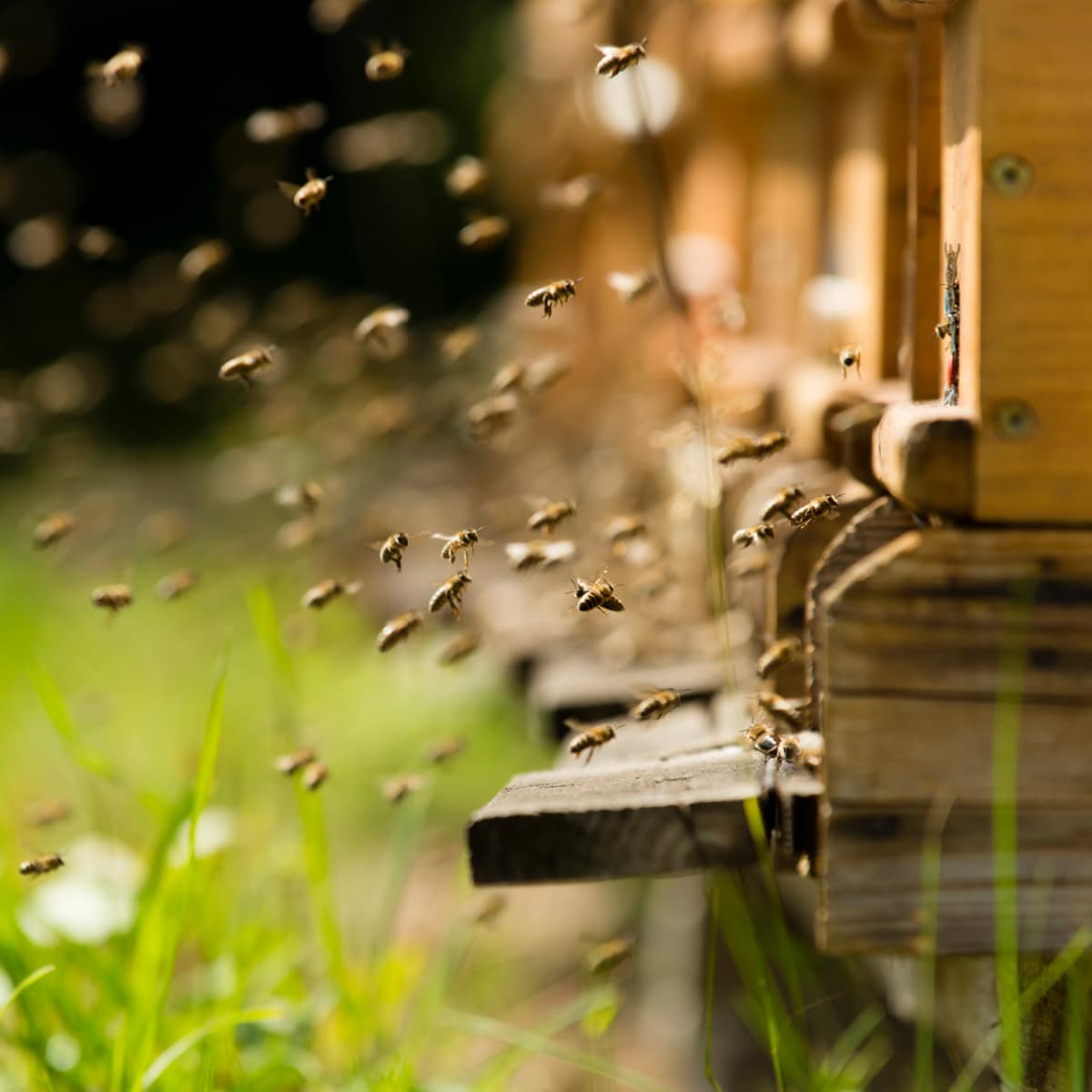Powdery Mildew Treatment
Safely Treating for Powdery Mildew: A Regenerative Approach
Powdery mildew treatment, is there a safer way?
Hey Garden friends! Today, I want to share with you my approach to treating powdery mildew on my vintage roses.
As a regenerative and organic gardener, I prioritize using safe and eco-friendly methods to maintain a healthy garden.
In this blog post, I’ll explain the spray I use and why I avoid certain organic products.
I believe in creating a garden that is not only beautiful but also beneficial for pollinators and the environment. So, let’s dive into the details!
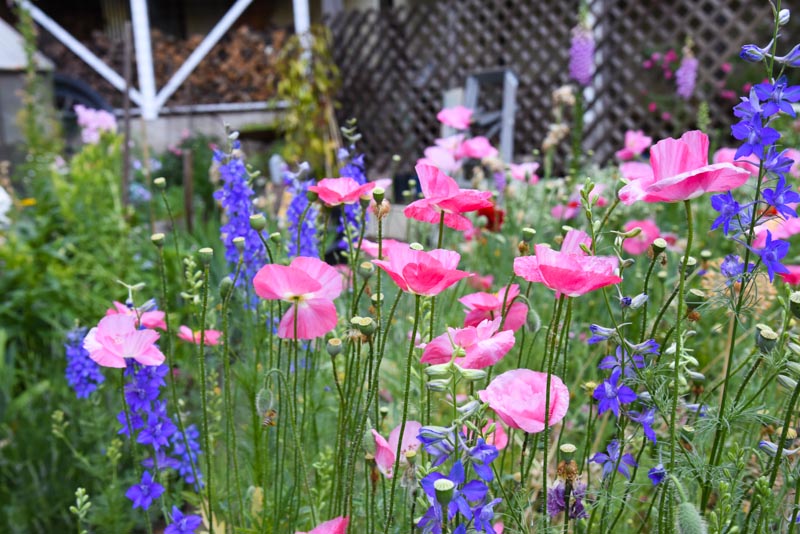
What is Powdery Mildew?
Powdery mildew is a type of fungal disease that affects plants, like roses. It looks like a powdery, white, or gray coating on the leaves, stems, and sometimes flowers.
It happens when certain fungi grow on the plants, especially in warm and humid conditions.
The fungal spores that cause powdery mildew can be carried by wind, insects, or even people and tools.
When these spores land on a plant, they start growing and spreading, creating more spores and continuing the cycle of infection.
You can tell if a plant has powdery mildew by the white or gray patches on its surface. The leaves may also become twisted or curled, and the plant might not grow as well.
In severe cases, leaves can fall off, and the plant’s overall health can suffer.
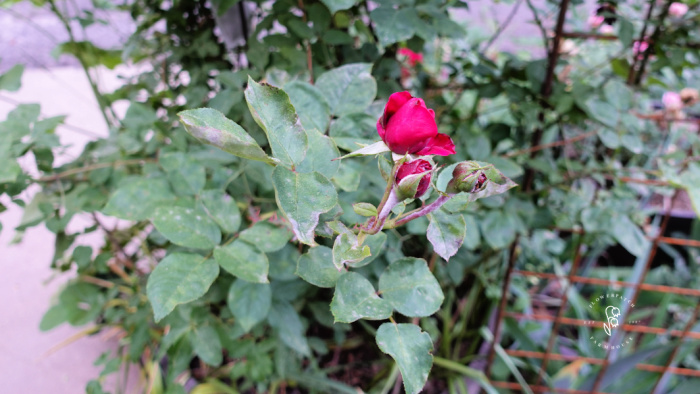
The Milk Spray Solution
To combat powdery mildew, I use a simple spray made of one part milk (preferably whole milk) and one part water.
I am in the testing phase of using this mixture and taking it down a bit, now I am using 1 part milk to 3 parts water.
I mix these ingredients in a spray bottle and apply the solution to my roses. I have read this also works on other plants like zinnias and squash but mine are not growing yet to test.
I will do so as the summer progresses.
Before spraying, I ensure there are no beneficial insects, like ladybugs, present, as I don’t want to disrupt them.
Thoroughly coating the leaves until the solution drips off helps prevent the development of powdery mildew on healthy leaves.
There are various ratios of milk to water that I have seen used. I am testing to see which one works best for me. I have seen 1 part water to 1 part milk, 2 parts water to 1 part milk, 4 parts water to 1 part milk, and 9 parts water to 1 part milk.
Why I Avoid Neem Oil and Commercial Organic Sprays
Many organic gardeners recommend using neem oil-based products for treating bugs, fungi, and other related issues.
While neem oil is safer than highly toxic pesticides, it is not completely harmless.
It can harm beneficial bugs and affect soil health when it comes into contact with the soil. Healthy soil plays a vital role in promoting plant resistance to diseases and pests.
Neem oil combats chewing and sucking bugs, this includes butterfly larvae. The caterpillars eat the leaves of plants so using neem oil on them is counterintuitive if you are trying to attract butterflies to your garden.
The Safety of Milk Spray
Contrary to neem oil-based sprays, there is no evidence to suggest that milk spray harms beneficial insects.
Through thorough research and personal experience, I’ve found that using milk spray for powdery mildew does not pose a threat to the garden ecosystem. (from what I have found so far, but I keep checking in case new evidence emerges).
However, it’s always essential to conduct your own research and take appropriate measures based on your specific gardening needs.
Selective Treatment for Susceptible Roses
Not all plants are equally susceptible to powdery mildew. Vintage roses, in particular, tend to be more vulnerable.
As a result, I focus my treatment on specific plants that show a tendency to develop the fungus.
If I notice powdery mildew developing on certain leaves, I spray the plant thoroughly with the milk solution.
Also, it should be noted that if some leaves have developed powdery mildew removing them can also aid in others becoming infected. I remove the leaves and dispose of them.
However, if my newer roses show no signs of powdery mildew and are bred to be resistant, I don’t spray them unnecessarily.
Limiting the use of treatments is crucial to maintaining a balanced garden ecosystem.
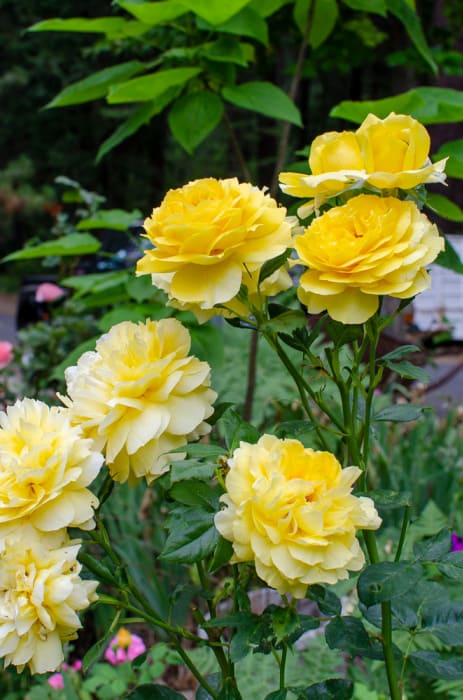
Promoting Garden and Pollinator Health
Creating a garden that is both aesthetically pleasing and environmentally friendly is a priority for me.
I aspire to transform my garden into a haven for butterflies, earning a special rating or recognition as a “butterfly way station.”
It’s important to note that using any spray, even organic ones, should be approached with caution.
Minimizing the amount of spray used and avoiding unnecessary treatments is key to safeguarding the health of beneficial insects and pollinators.
An Example: Rust on Hollyhocks
To illustrate the importance of selective treatment, let’s consider rust on hollyhocks.
Rust is a fungal issue that commonly affects hollyhocks. Hollyhocks are a host plant for Painted Lady butterfly larvae.
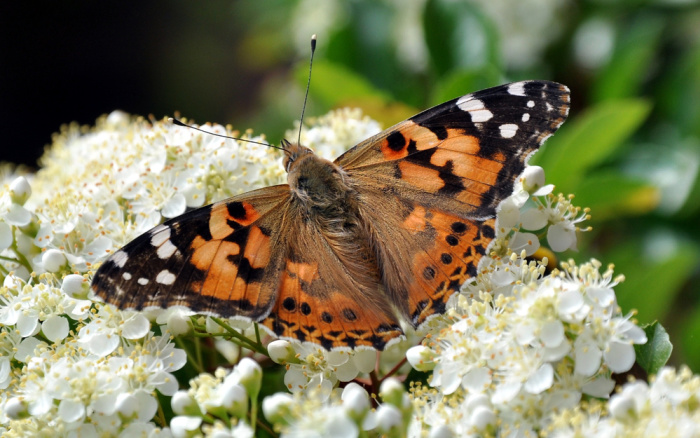
If I were to spray the affected hollyhocks with Neem oil-based sprays, I would risk harming the butterfly population.
Instead, I selectively remove affected leaves and monitor the plant’s progress. As the season progresses and the weather becomes drier, new leaves often emerge unaffected by rust.
The key principle here is moderation and minimizing the use of treatments unless necessary.
By maintaining healthy soil and promoting a diverse garden ecosystem, plants can naturally develop resistance to diseases and pests.
A healthy garden begins with healthy soil, which is nurtured by beneficial soil microbes.
Regenerate Your Soil!
Regenerating the soil is the first step in the healthiest garden possible. This, in turn, promotes healthier plants that can combat diseases and pest pressure easily.
By opting for natural solutions and avoiding unnecessary treatments, I’m promoting a harmonious balance in my garden.
I’m also taking a proactive approach by observing my plants closely and treating specific issues when they arise, rather than resorting to blanket treatments for the entire garden.
If you enjoyed this article and found it helpful, please consider sharing it with other gardeners who may benefit from learning about safer and more sustainable gardening practices.
Together, we can create beautiful and resilient gardens while safeguarding our precious environment.
